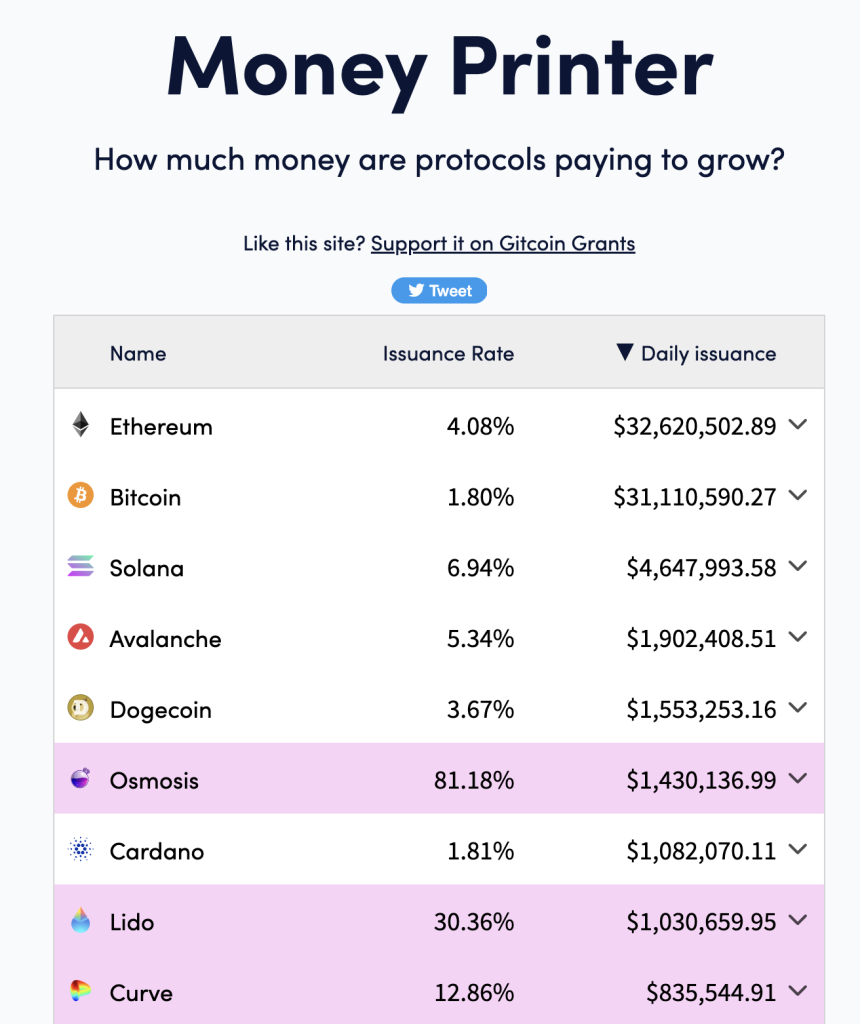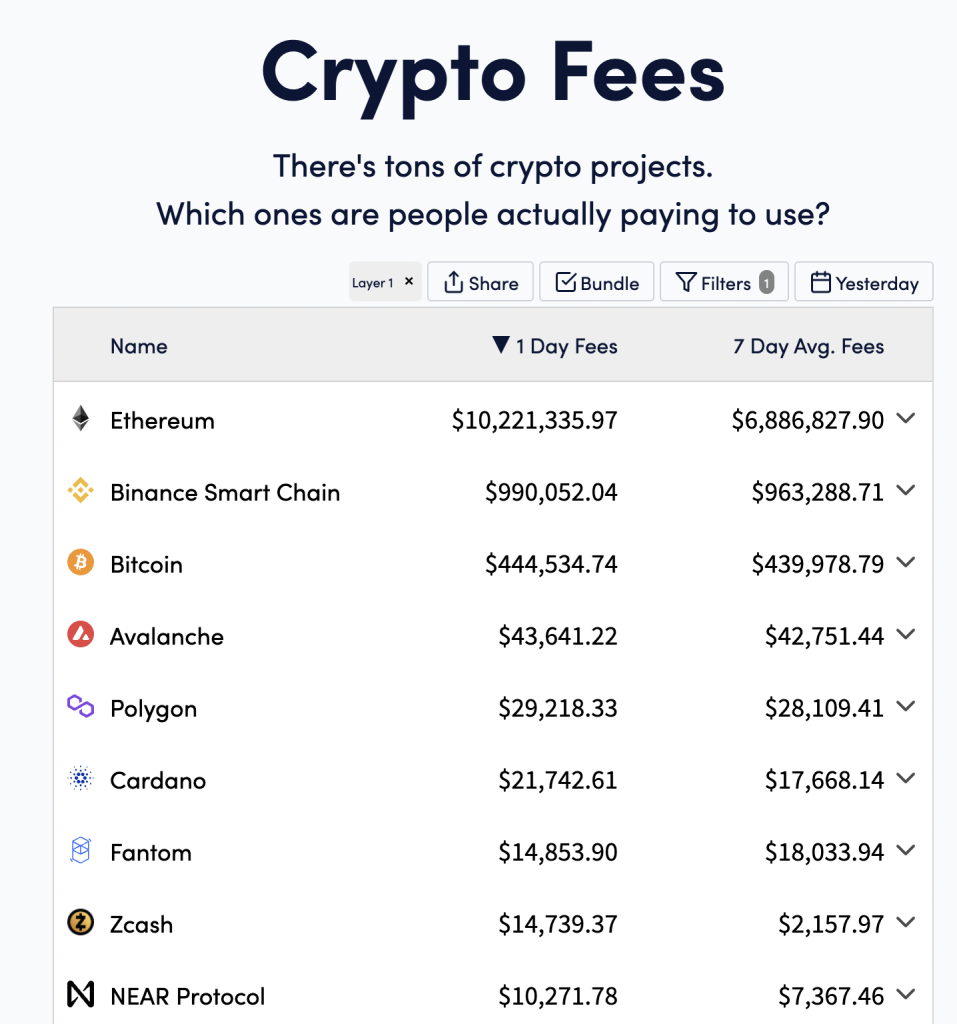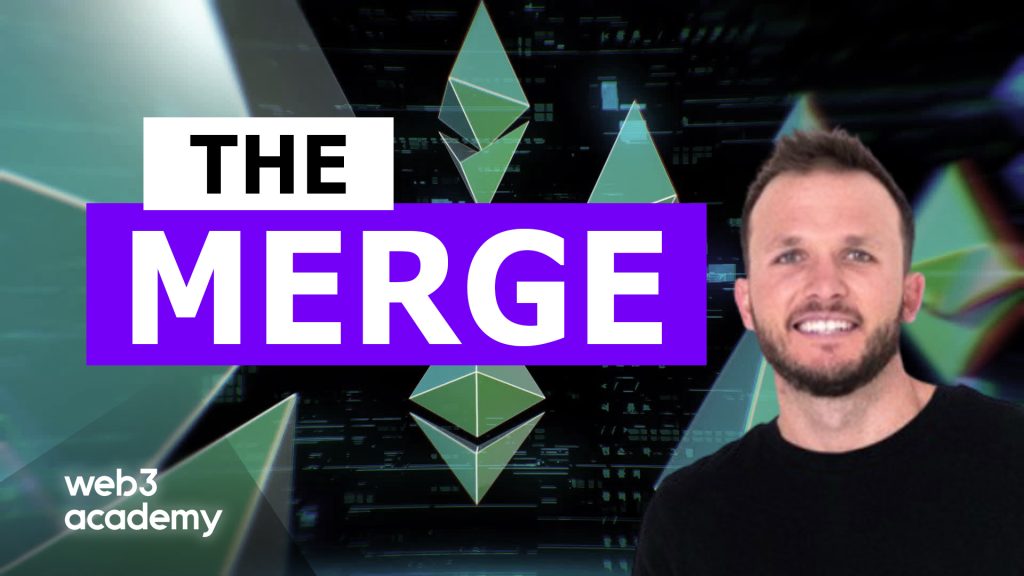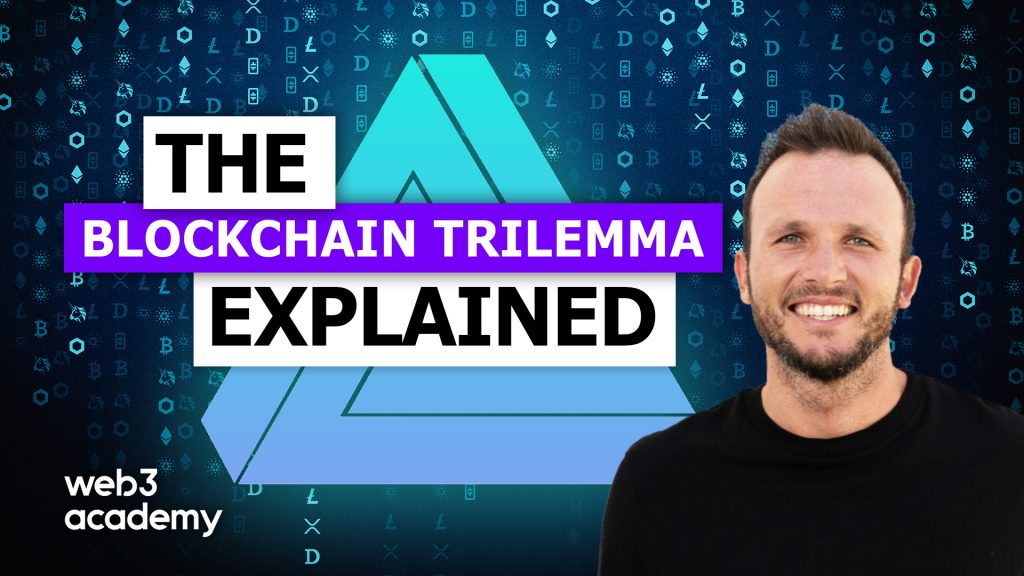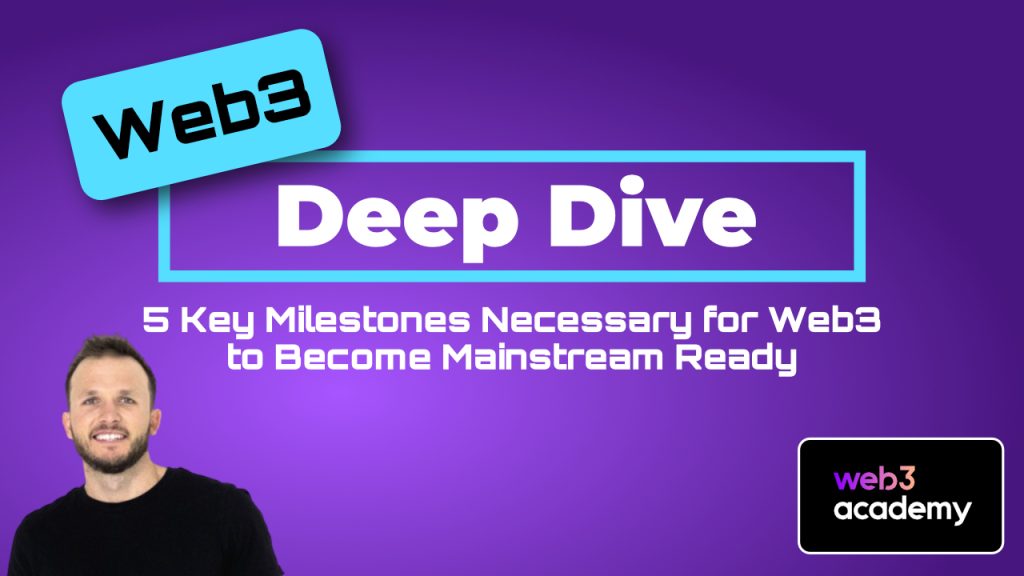
The Path To Profitable And Sustainable Blockchains | Sam Andrew
Gm Web3 Academy DOers!
Did you know that there are 0 profitable blockchains in Web3 right now?
Do you think this is problematic to the industry? The answer is absolutely!
Blockchains are the foundational technology that everything in Web3 is built on.
Blockchains are a business and have a product, just like any other technology. They sell block space, just like Apple sells iPhones and Facebook sells ads.
Blockchains have revenues and expenses too, albeit in a different form than traditional businesses.
Regardless, to ensure long-term sustainability of these blockchains they need to become profitable.
Profitability ensures there is revenue to pay for those securing the network in addition to a likely increase in token price and market cap, thus providing more incentive to secure the network long-term and reducing the risk of a 51% attack.
In this article (..and our most recent podcast) we are diving further into the path that blockchains need to take to become profitable and sustainable. We’re grateful to have Sam Andrew, a reformed hedge fund investor turned crypto investor, to guide us through this journey.
Ultimately, this will give you the insight you need to understand which blockchains to build on and invest your time (…or hard earned money) into.
You can also watch the episode below, or listen on your favorite platform: Spotify | Apple Podcast | YouTube
Blockchains Must be Profitable to Be Sustainable
You can think of blockchains like digital real estate.
The entire Web3 industry revolves around building protocols, businesses, and assets on top of blockchains, just like the physical world does on top of land.
The sustainability of a blockchain is imperative for the future of all the assets and protocols on the blockchain. If the Blockchain dies then all of the assets and protocols built on top of it die too.
We just saw this happen with the Terra Luna blockchain. Not only did the assets go to 0, but the protocols and apps built on top became irrelevant and unusable. We want to ensure that this doesn’t happen again to any DOers in Web3 Academy (…or anyone in Web3 for that matter!)!
None of the current blockchains we use are profitable… at least not yet.
While none of them are profitable, some are sustainable (…or sustaining?). However, this is only enough for the beginning of the journey for a blockchain. A lack of profitability long-term disincentivizes developers and delegators to remain in the project.
This leads to lack of adoption and stagnated growth of the project which leads to lower security of the project. Basically, without profitability, a project enters a vicious cycle that is unhealthy long-term. Therefore, profitability and sustainability for a project go hand in hand.
At the moment there is one blockchain which is nearing profitability, and that is Ethereum. Let’s take a deeper look at where it stands now and what is being done to improve it’s bottom line.
The Current State of Ethereum in Proof of Work
After establishing that none of the current blockchains are profitable, let’s take a look at the current state of Ethereum to see why it’s not profitable… yet.
For the sake of the explanation, let’s ignore that EIP-1559 (a burning mechanism for Ethereum that evaporates a certain amount of ETH every time a transaction occurs) exists for now.
The Ethereum Network issues ~13,000 ETH (~$32,000,000USD) every day, which they distribute entirely to miners for securing the network (ETH currently uses Proof-of-Work as its consensus mechanism). You can see the daily issuance of some blockchains in the picture below (click the picture to see them all). This can be considered a blockchain expense.
Below we have the “revenue” which is generated by a blockchain (aka the fees generated to use it’s block space). We put “revenue” in quotations because it’s actually just 100% paid to the miners/validates, essentially making it an expense.
To understand this, we need to think like in the traditional world of business (revenue – expenses = profit). Right now, 0 profits across the board!
However, with the implementation of EIP-1559, what happened was that miners only received a % of the revenue, while the rest of it is burned. You can think of this like a share buyback from a traditional company. This amount of ETH being burned is significant, but it is still not enough to make the Ethereum Network profitable, in other words the supply of ETH is still growing.
Now, with the merge (Ethereum switching from Proof-of-Work to Proof-of-Stake) a few months away from us, Ethereum is going to change the entire structure of their tokenomics. What’ll happen in August is that Ethereum will reduce the amount of tokens it issues by more than 90%! It can do this because Proof-of-Stake is a much less costly form of consensus than Proof-of-work.
The combination of burning ETH and significantly lowering the amount of ETH issuance will make Ethereum profitable and begin lowering the total supply of ETH
The implications of PoS Blockchains
So what will happen to Ethereum after the merge from proof-of-work to proof-of-stake?
- First of all, the Ethereum blockchain will become more environmentally friendly. When using Proof-of-Work as consensus mechanism, you essentially battle for the most computer power and most efficient energy use. This requires a lot of electricity usage and it isn’t particularly eco friendly considering that most sources of energy come from coal and oil currently.
- The switch to Proof-of-Stake will basically eliminate the selling pressure that we witness today ($13m/day). Because of the basically non-existent costs for validators (compared to miners during PoW), they will be incentivized to hold their assets and restake them for even more yield. Before, miners had to sell ETH to cover their costs (mainly electricity and hardware).
- It will improve overall decentralization and security of Ethereum as more people around the world can afford to be a validator and secure the network with POS vs POW.
All of these things are not only bullish for the price of ETH but also for the security of the network. We won’t go too deep into this but it’s worth mentioning that higher market cap makes it harder for nation states or other bad actors to take control of the network (requires 51%).
For more details on the numbers I highly recommend you read Sams Article on the business case for Ethereum or listen to the podcast on Web3 Academy!
Why aren’t other PoS blockchains profitable?
What’s interesting is that POS is the main driver that will make Ethereum profitable, yet almost every other smart contract blockchain is already POS, yet none of them are even remotely close to being profitable
So why aren’t other blockchains profitable, even-though they’re already using Proof-of-Stake as consensus mechanism (Solana, Avalanche, Cardano…)
The main reason, according to Sam, is the lack of an active burning mechanism and the lack of fees generated on their blockchain.
Right now, blockchains like Solana or Avalanche are inflationary because they issue a lot of new tokens on a daily basis (to reward stakers and delegators) but they aren’t burning anything. They’re basically acting like the US dollar, inflating away.
In addition, they have focused on lowering fees as much as possible for their users, which in turn means much lower revenue, without significant usage and demand. At the moment, there isn’t enough demand to generate high enough fees to make these blockchains profitable, and it’s unsure yet if these blockchains could withstand the demand needed to boost their revenues into profitability anyway.
The path to profitable and sustainable blockchains is not easy! Its taken years and years for Ethereum to see the light at the end of the tunnel, only time will tell if the rest can find their way as well.
Sam’s ETH Projections 👀
We don’t usually talk price or markets on Web3 Academy, but come on! We had a hedge fund manager on the show, we had have some fun and ask his price predictions! So, at the end of the podcast, Sam was asked to make future projections for Ethereum. Here’s what we got from him (he kept it realistic):
- The merge is projected to happen in August with 70% certainty.
- Ethereum will remove anything between 0.5% to 2% from its circulation every year.
- ETH, the token, will double in price by the end of this year.
Keep in mind that this isn’t financial advice and we do not imply that you buy ETH or any other tokens.
Shownotes
Attend our Weekly Podcast Discussion
Every Monday, we host a group discussion focused on the podcast from the past week. It’s open to all Web3 Academy Discord Members.
If you’re not yet a member, apply below to become one and join the other entrepreneurs, creators and marketers in the discussion.
See you there!
Monday, June 6th @ 7.00 pm ET inside the Discord!
Join the DiscussionApply to Join the Web3 Academy Community
What if I told you there was an exclusive Discord community for entrepreneurs, creators and marketers staying on the forefront of Web3 innovation? Would that be something you’re interested in?
Joining the Web3 Academy Discord is FREE but you need to apply first. This way, we make sure that only DOers are present in our community.
...shoutout to the Web3 DOers already inside, we see you!
Click Here to Apply
